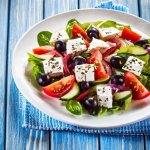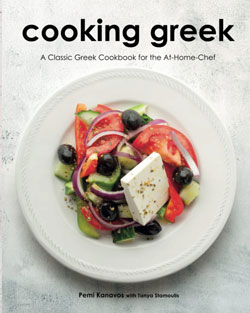redsoxdw_
Active member
I bought a hunk of myzithra cheese and then looked in my recipe files... I have nothing in my Greek repertoire that actually uses the cheese. Granted, it's delicious on its own so it won't go to waste, but I am curious - which dishes uses Myzithra?
So far I have grated it over pasta and it was so good! What else can I do?
So far I have grated it over pasta and it was so good! What else can I do?



